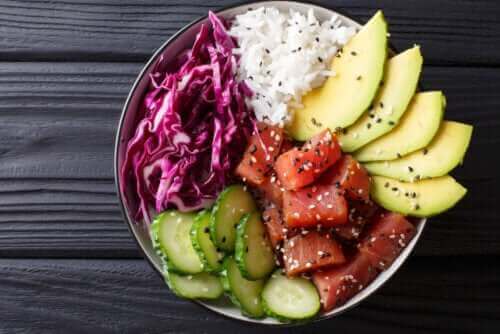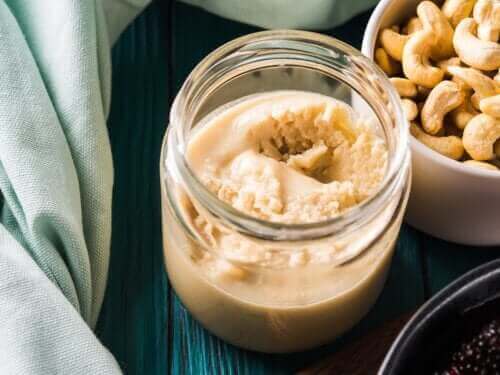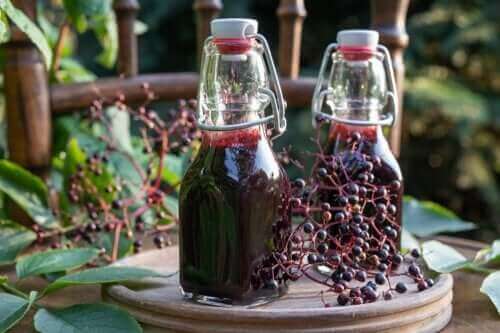緩解肌肉緊繃的七種天然肌肉鬆弛劑
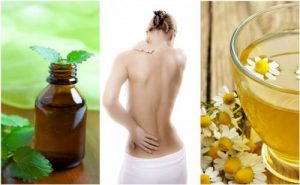
肌肉緊繃是常見的問題,通常是由於年齡的變化而來,不過也可能是由於過度的身體活動、撕裂傷或其他疾病。
你若服用止痛藥並休息,它有時候會消失。然而,肌肉拉傷在很多時候需要其他類型的治療。
雖然這通常是偶發性的,但許多患者經常遭受問題不斷復發的困擾,這是由於不良的習慣和不正確的姿勢。
幸運地,有各種天然鬆弛劑是無任何副作用的,而且還有助於緩和肌肉疼痛,不讓疼痛妨礙日常活動。
由於許多人仍然不認識它們,我們要來分享最棒的七種,這樣你就可以試試看。
請記下來吧!
1.薄荷精油

如果肌肉緊繃僵硬,薄荷精油是其中一種能幫你放鬆肌肉的天然產品。
它具有消炎和鎮痛的特性,可在促進血液循環的同時還減少疼痛。整體來說,這會促進受影響部位迅速緩解。
如何使用?
- 用少量薄荷精油潤濕雙手手掌,然後揉搓你想要放鬆的肌肉。
- 一定要至少按摩5分鐘,以取得良好的成效。
2.纈草
由於其平靜和消炎的作用,你能夠從纈草精油和纈草茶中獲益,這會減少肌肉壓力。
飲用和直接應用都能減少發炎,而且會增進你的血液循環,從而改善氧合過程。
如何使用?
- 每天最多喝兩杯纈草茶(450毫升)。
- 在疼痛的部位塗抹一點纈草精油,然後休息。
注意:這種植物可能會導致昏昏欲睡
3.瀉鹽
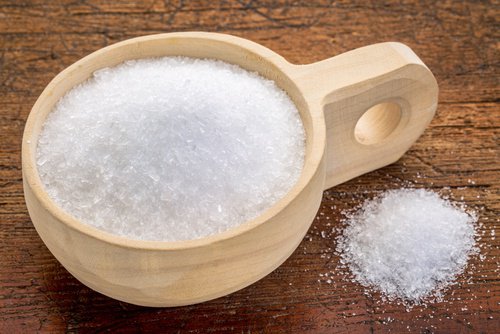
歸功於高鎂含量,瀉鹽浴是放鬆你疲勞肌肉的完美選擇。
這種必需礦物質有助於預防疼痛。事實上,它甚至可協助如纖維肌痛症和關節炎等發炎型疾病的治療。
如何使用?
- 在你的浴缸裡加半杯瀉鹽,將身體浸泡其中二十分鐘。
- 在睡前使用此療法以確保擁有良好的休息。
4.洋甘菊
洋甘菊在天然藥物的領域中因其消化和潤膚特性而聞名。此種草藥也是緩解疼痛和肌肉腫脹的天然療方。
它具有抗痙攣和消炎特性,可促進肌肉放鬆,尤其是當它們因壓力而緊繃的時候。
如何使用?
- 每天喝兩次洋甘菊茶,每次一杯(225毫升)。
- 將洋甘菊精油塗抹在手上,然後按摩疼痛的部位。
5.山金車油
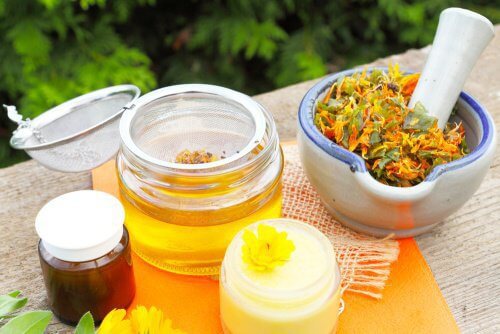
山金車含有一種名為百里酚的化合物。由於它的運作方式,這是緩解肌肉疼痛的完美選擇。
直接使用可產生溫和的熱敷感,這會降低緊繃並緩解動作問題。
如何使用?
- 將幾滴山金車油或凝膠滴在緊繃的肌肉上,然後按摩5分鐘。
- 如果你認為有必要,每天重複此治療兩次。
6.卡宴辣椒
它的辣味對某些人來說可能難以忍受,然而卡宴辣椒是解決肌肉疼痛的好方法。
它有一種叫做辣椒素的活性物質,會使其具有消炎和鎮痛的特性。
如何使用?
- 將少量卡宴辣椒加入你的果昔和茶飲中。
- 取卡宴辣椒粉,並用它來按摩你疲憊的肌肉。
7.西番蓮精油
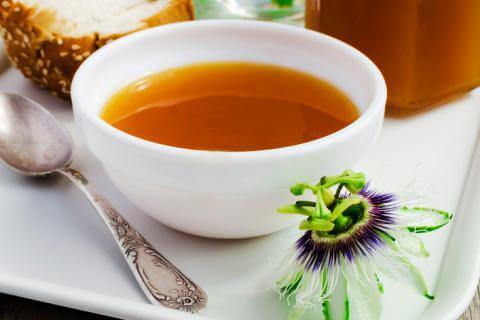
西番蓮是天然藥物中非常有名的植物。這不僅僅是因為它有助於控制你的神經,也因為它具有消炎作用並且會放鬆你的肌肉。
它有植物固醇和類黃酮,這兩種物質具有減少氧化壓力的抗氧化作用。
它的營養素會調節神經系統的活動,還有助於控制焦慮和失眠等問題。
如何使用?
- 在睡覺前喝一杯西番蓮茶。
- 另一種方式是,將吸水布浸泡在熱茶中,並將其作為熱敷墊應用在疼痛的部位。
你的肌肉疼痛或不舒適嗎?與其服用合成的藥物,不如來試試其中一種自然療法,享受它對付這些問題的美妙好處吧。
- Anand, P., & Bley, K. (2011). Topical capsaicin for pain management: therapeutic potential and mechanisms of action of the new high-concentration capsaicin 8% patch. British journal of anaesthesia, 107(4), 490–502. Recuperado de: https://doi.org/10.1093/bja/aer260
- Aradmehr, M., Azhari, S., Ahmadi, S., & Azmoude, E. (2017). The Effect of Chamomile Cream on Episiotomy Pain in Primiparous Women: A Randomized Clinical Trial. Journal of caring sciences, 6(1), 19–28. Disponible en: https://doi.org/10.15171/jcs.2017.003
- Borges, R. S., Ortiz, B. L. S., Pereira, A. C. M., Keita, H., & Carvalho, J. C. T. (2019). Rosmarinus officinalis essential oil: A review of its phytochemistry, anti-inflammatory activity, and mechanisms of action involved. Journal of ethnopharmacology, 229, 29–45. Disponible en: https://doi.org/10.1016/j.jep.2018.09.038
- Caudal, D., Guinobert, I., Lafoux, A., Bardot, V., Cotte, C., Ripoche, I., Chalard, P., & Huchet, C. (2017). Skeletal muscle relaxant effect of a standardized extract of Valeriana officinalis L. after acute administration in mice. Journal of traditional and complementary medicine, 8(2), 335–340. Recuperado de: https://doi.org/10.1016/j.jtcme.2017.06.011
- Fattori, V., Hohmann, M. S., Rossaneis, A. C., Pinho-Ribeiro, F. A., & Verri, W. A. (2016). Capsaicin: Current Understanding of Its Mechanisms and Therapy of Pain and Other Pre-Clinical and Clinical Uses. Molecules (Basel, Switzerland), 21(7), 844. Recuperado de: https://doi.org/10.3390/molecules21070844
- Galeotti, N., Vivoli, E., Bilia, A. R., Vincieri, F. F., & Ghelardini, C. (2010). St. John’s Wort reduces neuropathic pain through a hypericin-mediated inhibition of the protein kinase Cgamma and epsilon activity. Biochemical pharmacology, 79(9), 1327–1336. Disponible en: https://doi.org/10.1016/j.bcp.2009.12.016
- Gröber, U., Werner, T., Vormann, J., & Kisters, K. (2017). Myth or Reality-Transdermal Magnesium?. Nutrients, 9(8), 813. Disponible en: https://doi.org/10.3390/nu9080813
- Hyun-Jung, S., Na, H. S., & Do, S. H. (2020). Magnesium and Pain. Nutrients, 12(8), 2184. Recuperado de: https://www.mdpi.com/2072-6643/12/8/2184
- Higashi, Y., Kiuchi, T., & Furuta, K. (2010). Efficacy and safety profile of a topical methyl salicylate and menthol patch in adult patients with mild to moderate muscle strain: a randomized, double-blind, parallel-group, placebo-controlled, multicenter study. Clinical therapeutics, 32(1), 34–43. Disponible en: https://doi.org/10.1016/j.clinthera.2010.01.016
- Olajide O. A. (2009). Inhibitory effects of St. John’s Wort on inflammation: ignored potential of a popular herb. Journal of dietary supplements, 6(1), 28–32. Disponible en: https://doi.org/10.1080/19390210802687247
- Pan, R., Tian, Y., Gao, R., Li, H., Zhao, X., Barrett, J. E., & Hu, H. (2012). Central mechanisms of menthol-induced analgesia. The Journal of pharmacology and experimental therapeutics, 343(3), 661–672. Recuperado de: https://doi.org/10.1124/jpet.112.196717
- Park, S. H., Sim, Y. B., Lee, J. K., Kim, S. M., Kang, Y. J., Jung, J. S., & Suh, H. W. (2011). The analgesic effects and mechanisms of orally administered eugenol. Archives of pharmacal research, 34(3), 501–507. Disponible en: https://doi.org/10.1007/s12272-011-0320-z
- Soprano, S. E., Hennessy, S., Bilker, W. B., & Leonard, C. E. (2020). Assessment of Physician Prescribing of Muscle Relaxants in the United States, 2005-2016. JAMA network open, 3(6), e207664. Recuperado de: https://doi.org/10.1001/jamanetworkopen.2020.7664
- Shirzad-Siboni, V., Nobahar, M., & Ghorbani, R. (2022). Effect of chamomile oil on the intensity of nonspecific low back pain in prehospital emergency technicians. The American Journal of Emergency Medicine, 60, 200-203. Recuperado de: https://www.sciencedirect.com/science/article/abs/pii/S0735675722004041
- Srivastava, J. K., Shankar, E., & Gupta, S. (2010). Chamomile: A herbal medicine of the past with bright future. Molecular medicine reports, 3(6), 895–901. Disponible en: https://doi.org/10.3892/mmr.2010.377
- Smith, A. G., Miles, V. N., Holmes, D. T., Chen, X., & Lei, W. (2021). Clinical Trials, Potential Mechanisms, and Adverse Effects of Arnica as an Adjunct Medication for Pain Management. Medicines (Basel, Switzerland), 8(10), 58. Disponible en: https://doi.org/10.3390/medicines8100058
- World Health Organization. (2022). Musculoskeletal health. Recuperado de: https://www.who.int/news-room/fact-sheets/detail/musculoskeletal-conditions [Consultado el 2 de febrero de 2023].
- Zare, A., Khaksar, Z., Sobhani, Z., & Amini, M. (2018). Analgesic Effect of Valerian Root and Turnip Extracts. World journal of plastic surgery, 7(3), 345–350. Recuperado de: https://doi.org/10.29252/wjps.7.3.345
此文本僅供資訊目的使用,並不取代與專業人士的諮詢。如有疑問,請諮詢您的專家。

